For today’s daily DIY, we are pleased to present a guest post from organic gardener Chris Molnar of Cate’s Gardens, on how to keep gardening throughout the winter.
Garden in Wintertime? Yes, You Can! Top Tips for the Winter Gardener
Living in Canada, and growing up “a little farmer” (thanks, Mom!), I’ve always known a secret: Psst…you can keep growing in the wintertime. Yes, you are limited on what you can grow, and that’s not always because of the blanket of snow you might expect, depending upon exactly where you live. There’s also the total daily sunshine to consider, and of course, the actual crops that you’re hoping to coax through the winter chill.
But can it be done? Yes! Don’t pack away your green thumb just because winter is here. Here’s how to get the most out of your winter gardening experience:
Tip #1: Start Early
Many plants, particularly winter-hardy vegetables, can last through cold temperatures. But generally they should be planted before the severe cold actually begins, and be well established by “calendar” winter. (Of course, if you are using a greenhouse or other enclosure, you will be able to start later.)
Check your hardiness zone (see below), and research the varieties you want to grow to find out exactly when you’ll want to plant.
Tip #2: Know Your Zone
What growing zone do you live in? Your growing zone, or “hardiness zone”, as the USDA calls it, depends not only on latitude, but also on the amount of sunshine per day your location can expect to receive during the winter.
The USDA has a Hardiness Zone Chart here. Make sure that you take your elevation into account; the higher in elevation you are, the colder the temperatures are likely to be.
Tip #3 Get Things Established
Even winter-hardy plants do much better (generally) if they’re grown to seedlings and then transplanted into the ground. Plant seeds in individual peat pots, and leave the pots outdoors if possible during the initial growth. Starting indoors may mean there will be too much difference in temperature (indoor vs outdoor) when transplantation time arrives. Grow to the recommended height for your varieties, and then get the seedlings into the ground in the late fall or very early winter.
Make sure you’ve dug a deep and wide enough area, so that you can surround your seedlings in soil that’s slightly warmer than the ground, if you’re already experiencing very low temperatures. This will minimize the shock of transplantation.
Tip #4: Purchase Winter-Hardy Plants
Some plants do fine in the cold and with less sunshine; others are sunbathers (melons, gourds and peppers, for example).
Always check with your zone specifically to be sure your locale will accomodate the following choices. A few cold-loving crops include:
- Winter-hardy camellia hybrids (Ashton’s Pride, Frost Prince, Snow Flurry, Elaine Lee, and Ashton’s Snow)
- Evergreen holly
- Snowdrops
- Hellebores
- Broccoli
- Carrots
- Cauliflower
- Cabbage
- Onions
- Turnip
- Swiss Chard
- Kohlrabi
- Leek
- Spinach
- Leaf lettuce
- Parsnip
- Chives
- Berry bushes
Tip #5: Cover Up Your Crops
For very cold and/or snowy or rainy zones, a protected area can help your plants survive (and thrive). You don’t need an expensive greenhouse for smaller crops of winter veggies. Try one of these:
- Row Covers. Particularly if you can expect snow in your area, you’ll want row covers for your crops. You can make these yourself by attaching old sheets to posts. If your area experiences high winds, consider something more sturdy, such as lumber with sheets nailed securely. Make sure you remove your covers for several hours per day (weather permitting) so that your plants get as much as possible out of the winter sunshine.
- A cloche. A cloche is, in essence, an elevated mini-greenhouse. You can either purchase one ready-made, or make your own. You don’t need to be especially handy for this; a cloche may be as a simple as a connected row of large-size soda (pop) bottles with holes in the bottom for drainage. If you’re more ambitious, you can nail together a wooden frame for your cloche. Do your research to find out an easy and hardy method for you.
- A cold frame. If you’re serious about your garden, a cold frame is a permanent structure. It is generally “curtained” with tarp material (or even old sheets) to protect from high winds. Face your cold frame to the south for maximum sun exposure and have the front be lower than the back (usually it’s 18″ for the back and 12″ for the front), to aid in drainage. Like a cloche, a cold frame will usually be slightly elevated from the ground.
Tip #6: Don’t Forget to Mulch!
Late fall and early winter are great times to much. Mulching not only provides a bit of protection from winter weeds, it also provides natural insulation, and will help to protect the stem area of your plants (or for low-growing varieties, the entire exposed side of the plant) from windy blasts.
At my home, we compost, so I have my own free mulch at hand. Peat moss or bark chips are other good choices. You can often find these materials at a steal at home and garden outlets, and at many “big box” department stores.
In the spring, that mulch will begin to work against you, as it keeps the warming effects of the sun out. So when the thermometer begins to rise (reliably) scoop away the mulch with a shovel.
I hope you’ve been inspired to keep on growing when the temperature dips down. Keep gardening (and keep your family well and healthily fed) this winter, and next fall, plan early so you can get the most out of your growing experience!
By Chris Molnar, Cate’s Garden
About the Author: As a working parent with two children who have two little green thumbs of their own, Chris has been an organic gardener for 15 years. He has also worked at a garden center, where he further refined his knowledge of (and interest in) organic gardening. Chris is the co-owner of Cate’s Garden, a family business selling quality tools for the garden. Find out more about Cate’s Garden at http://catesgarden.com
by Chris Molnar for See Jane Drill, Copyright 2015, All Rights Reserved

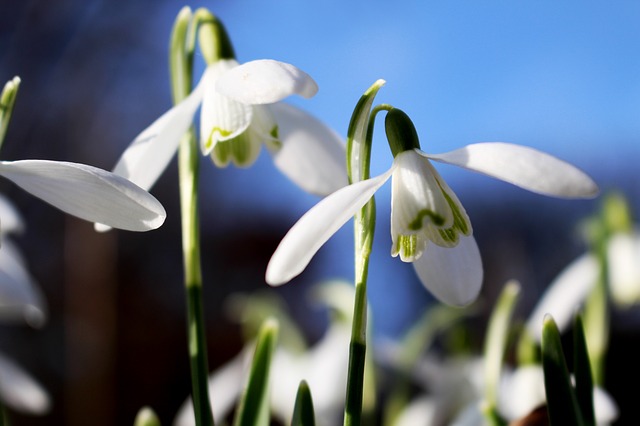
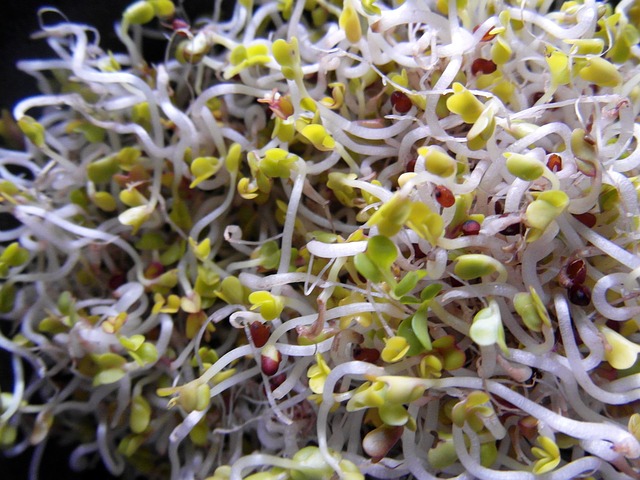
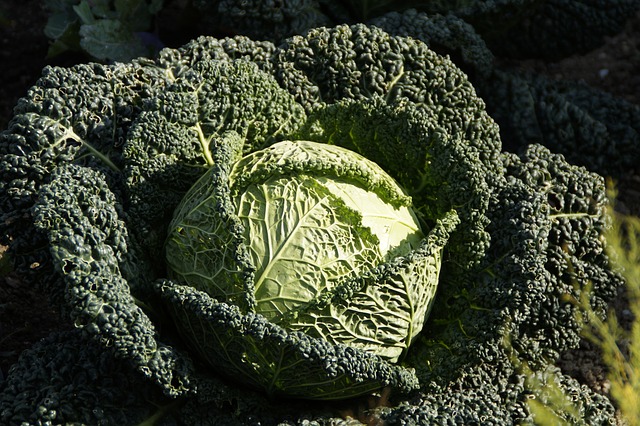
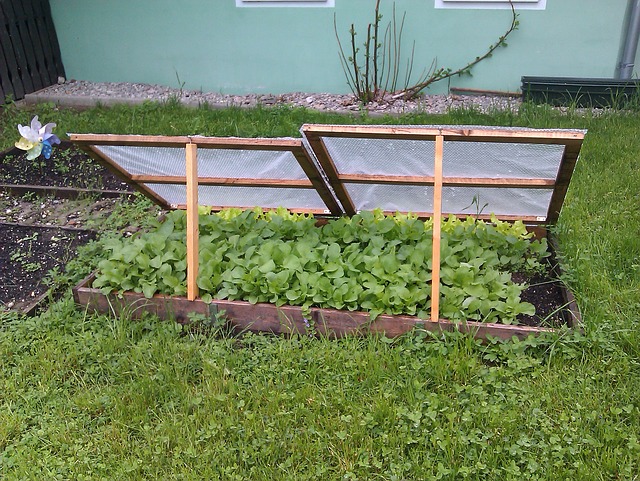
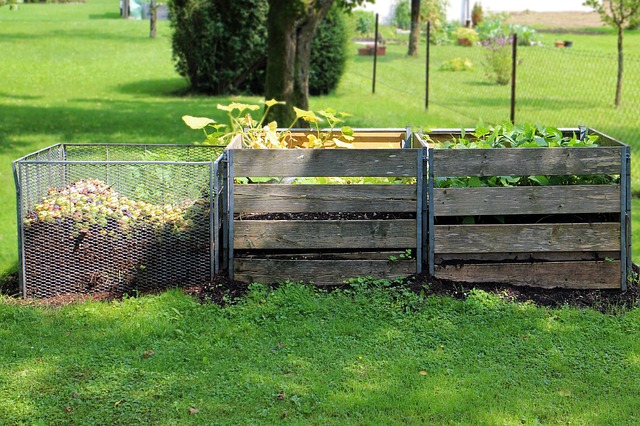


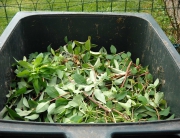



Leave A Comment